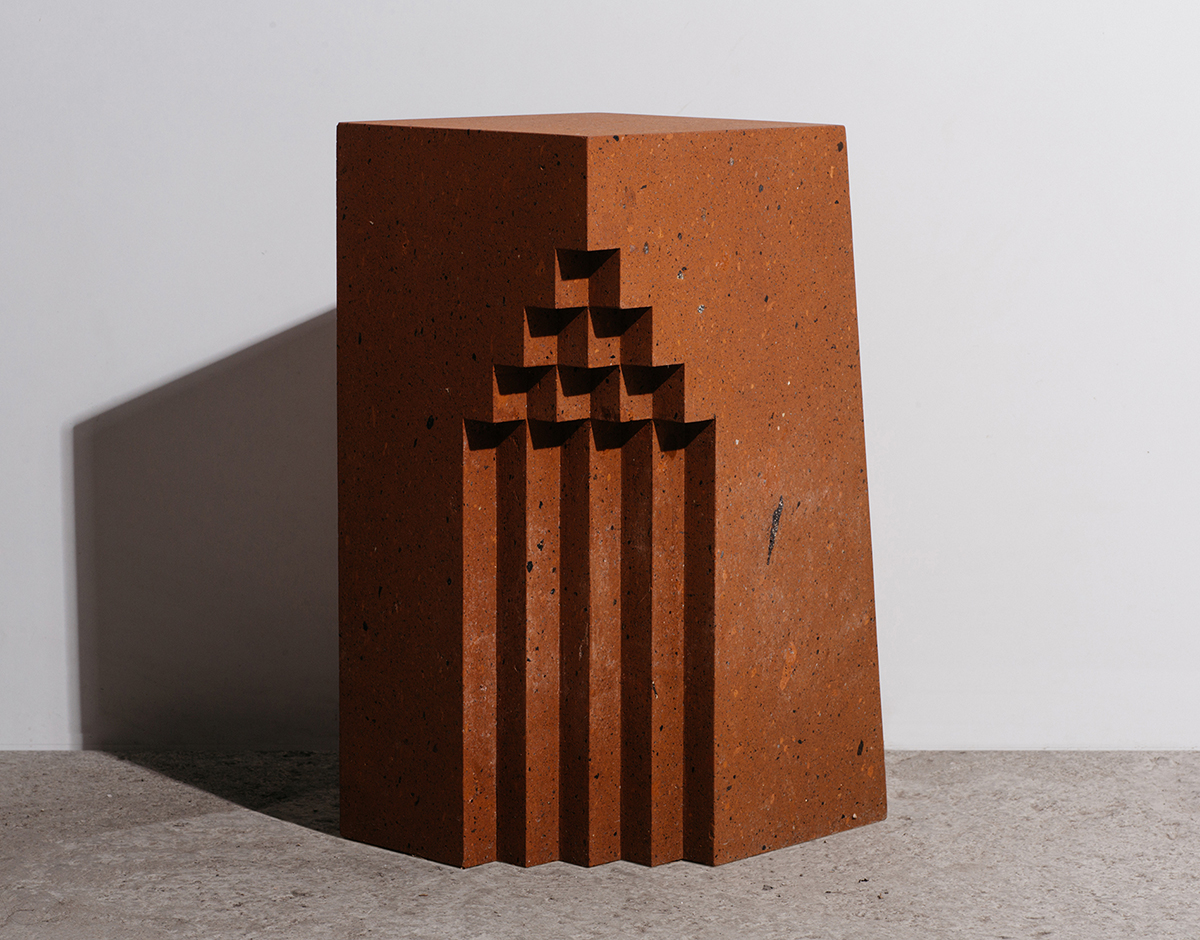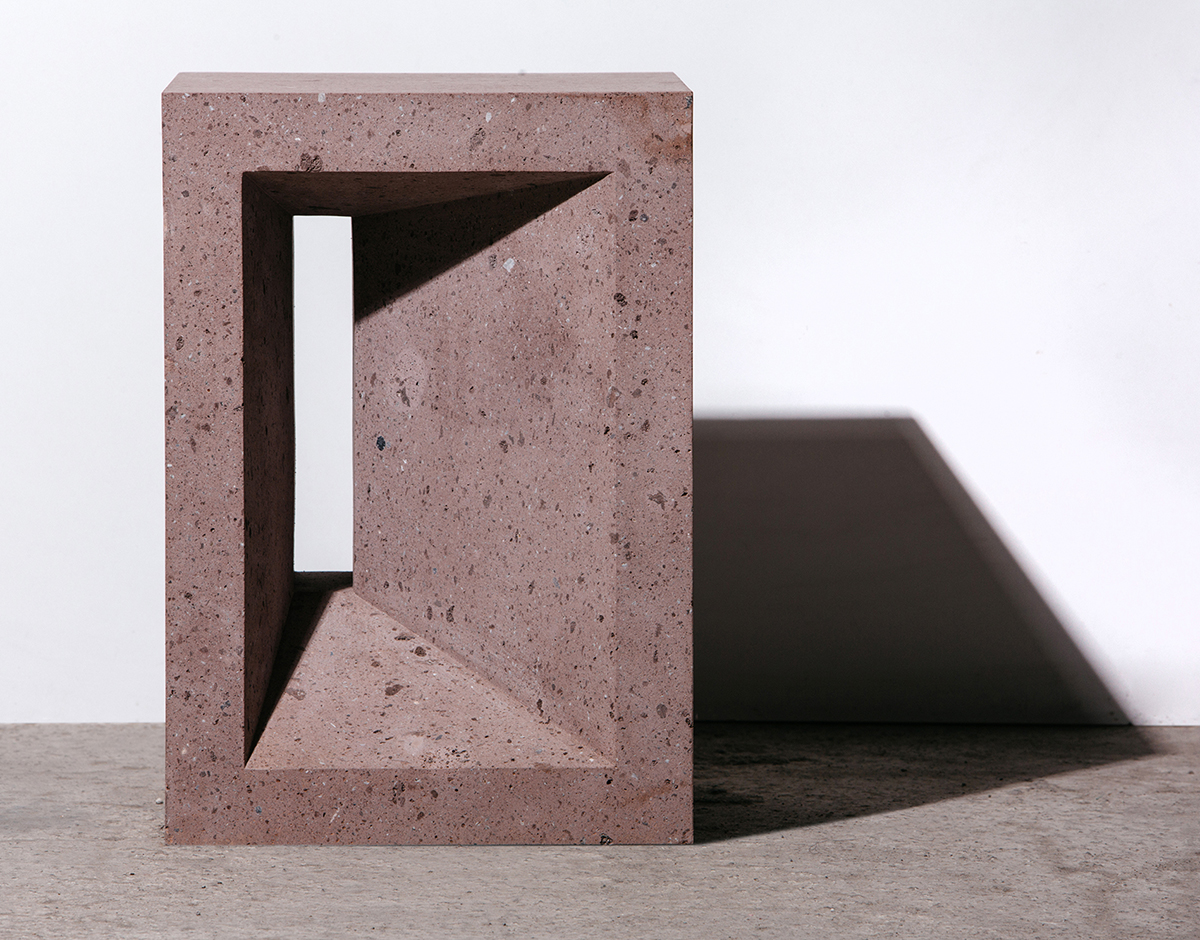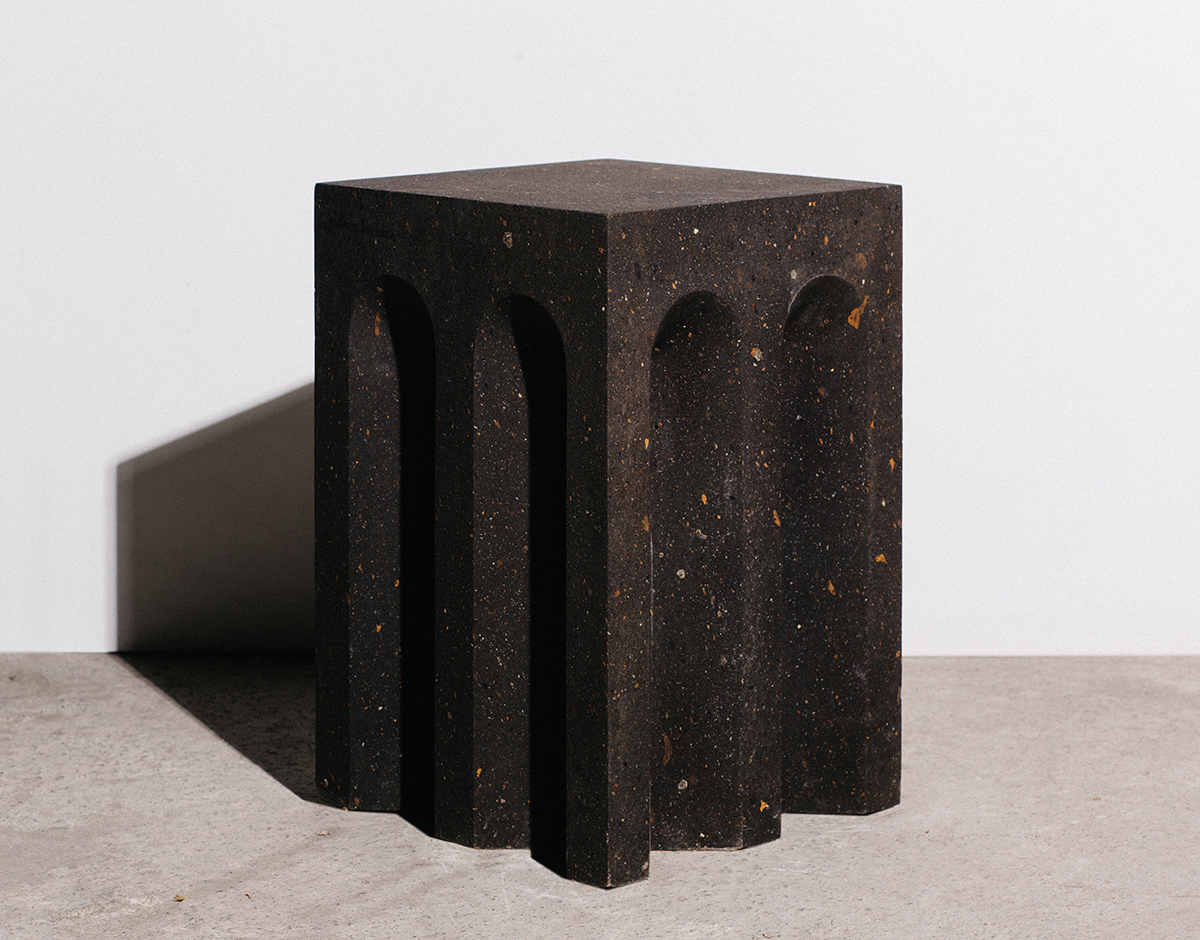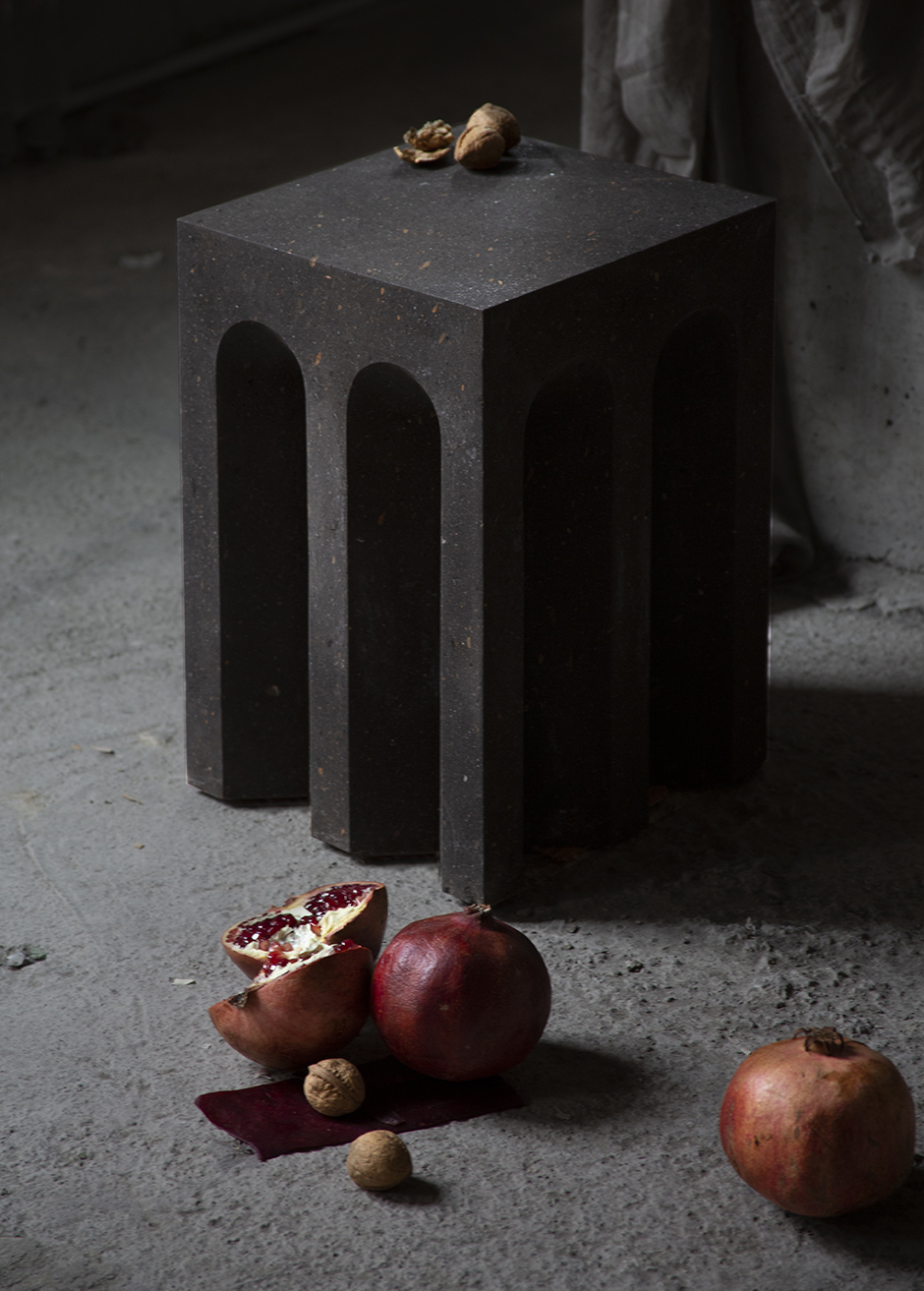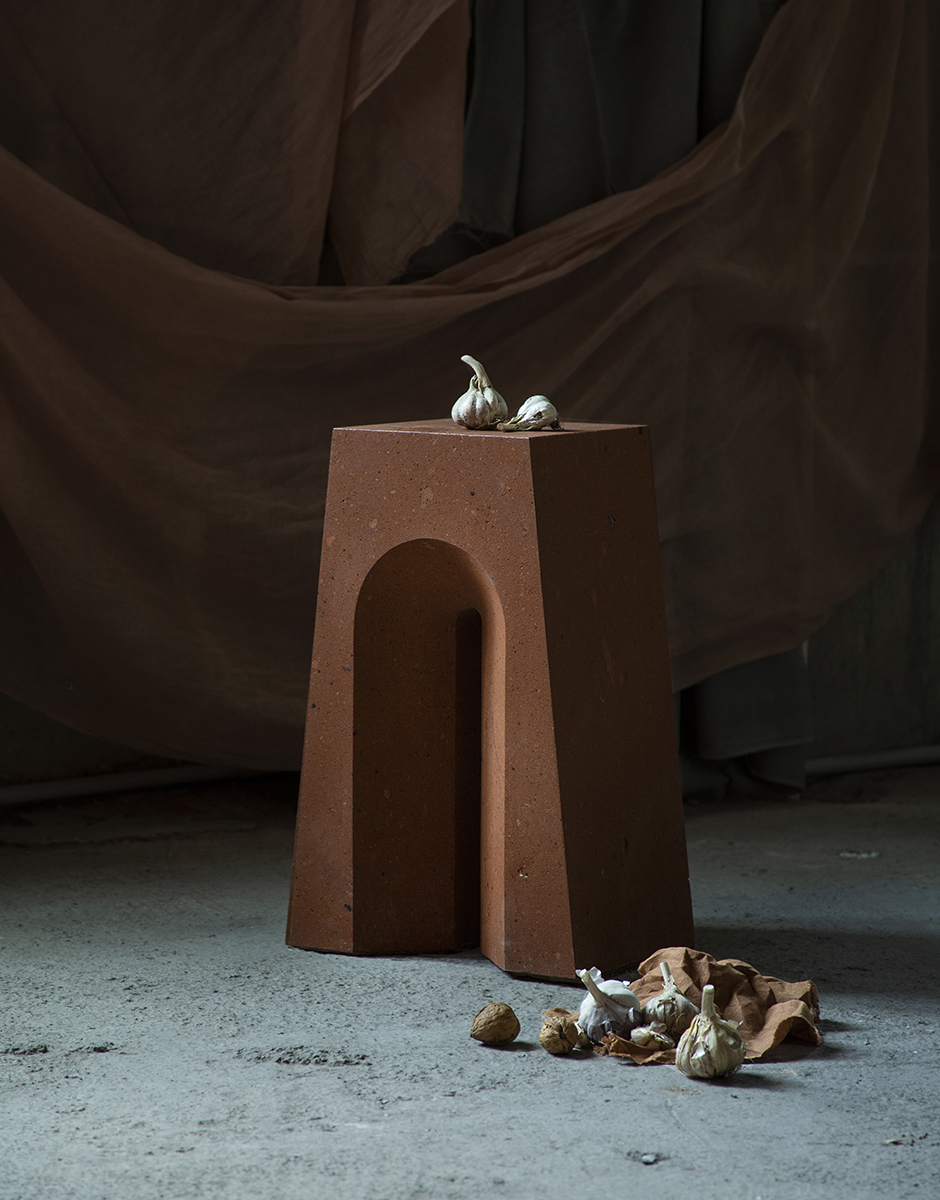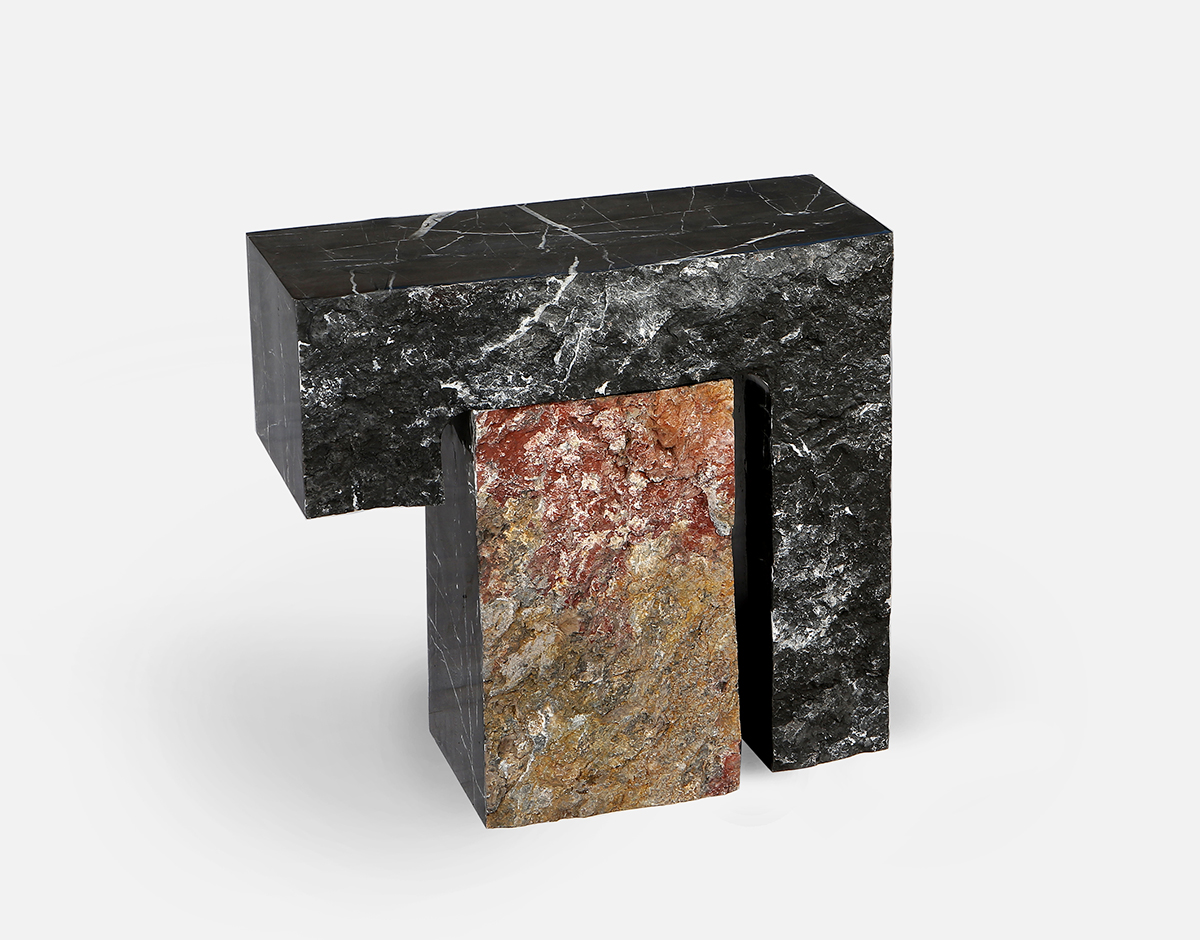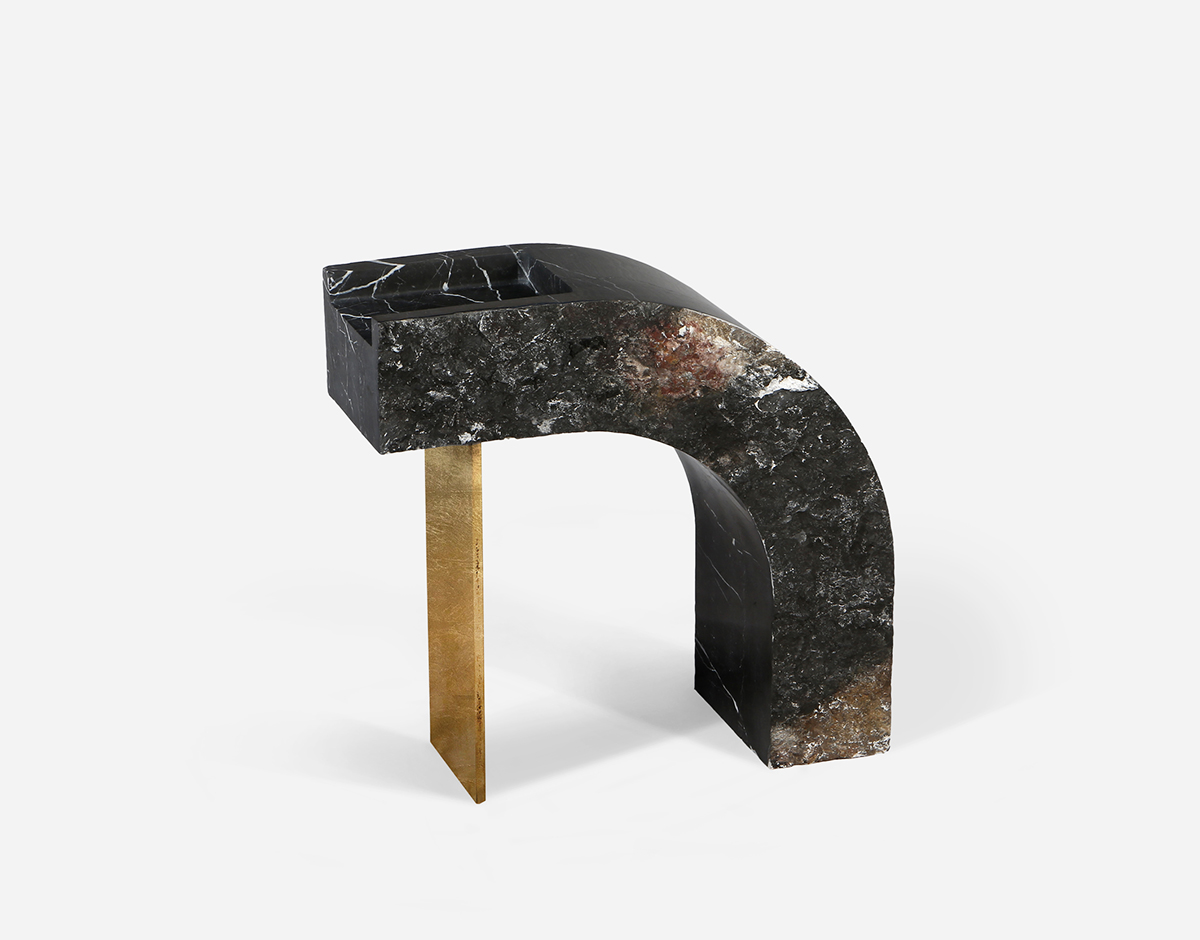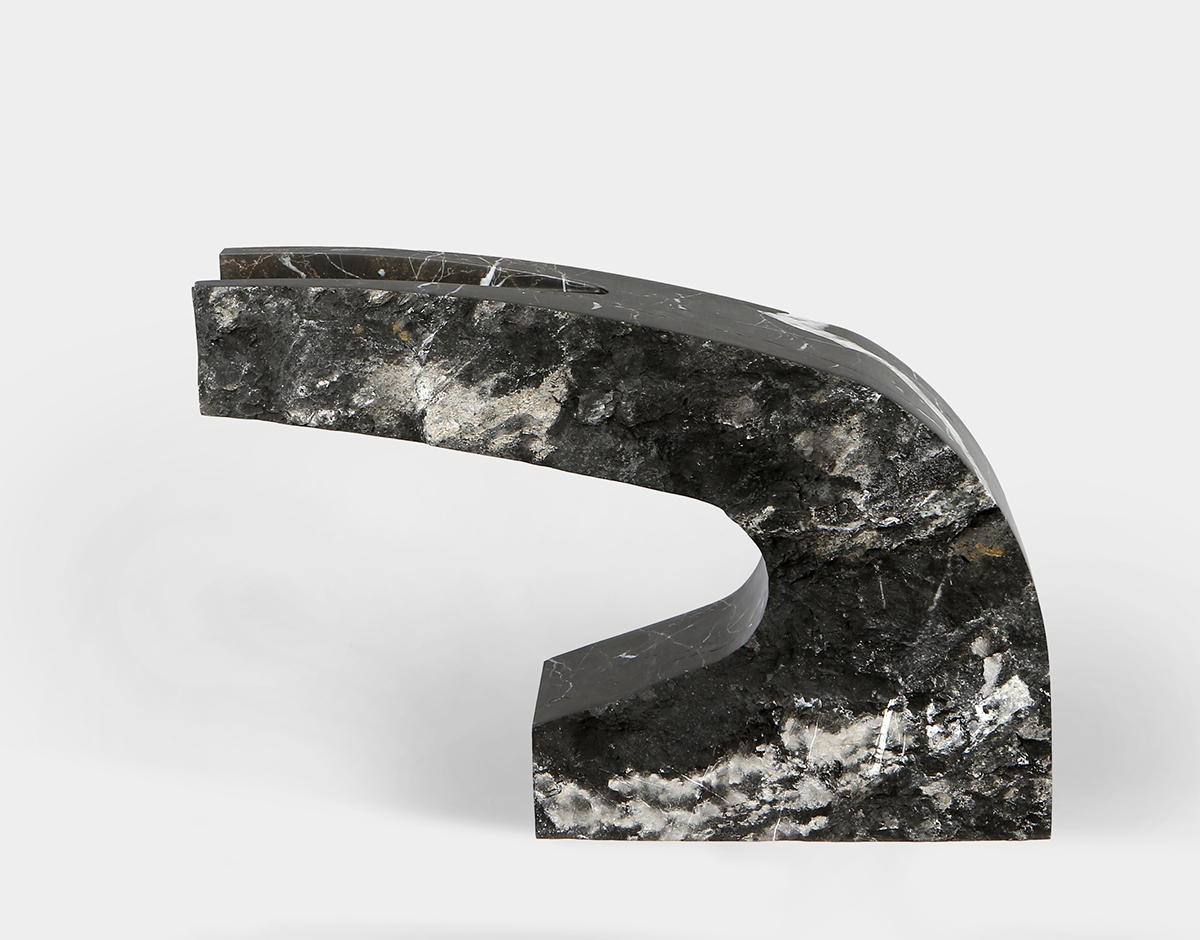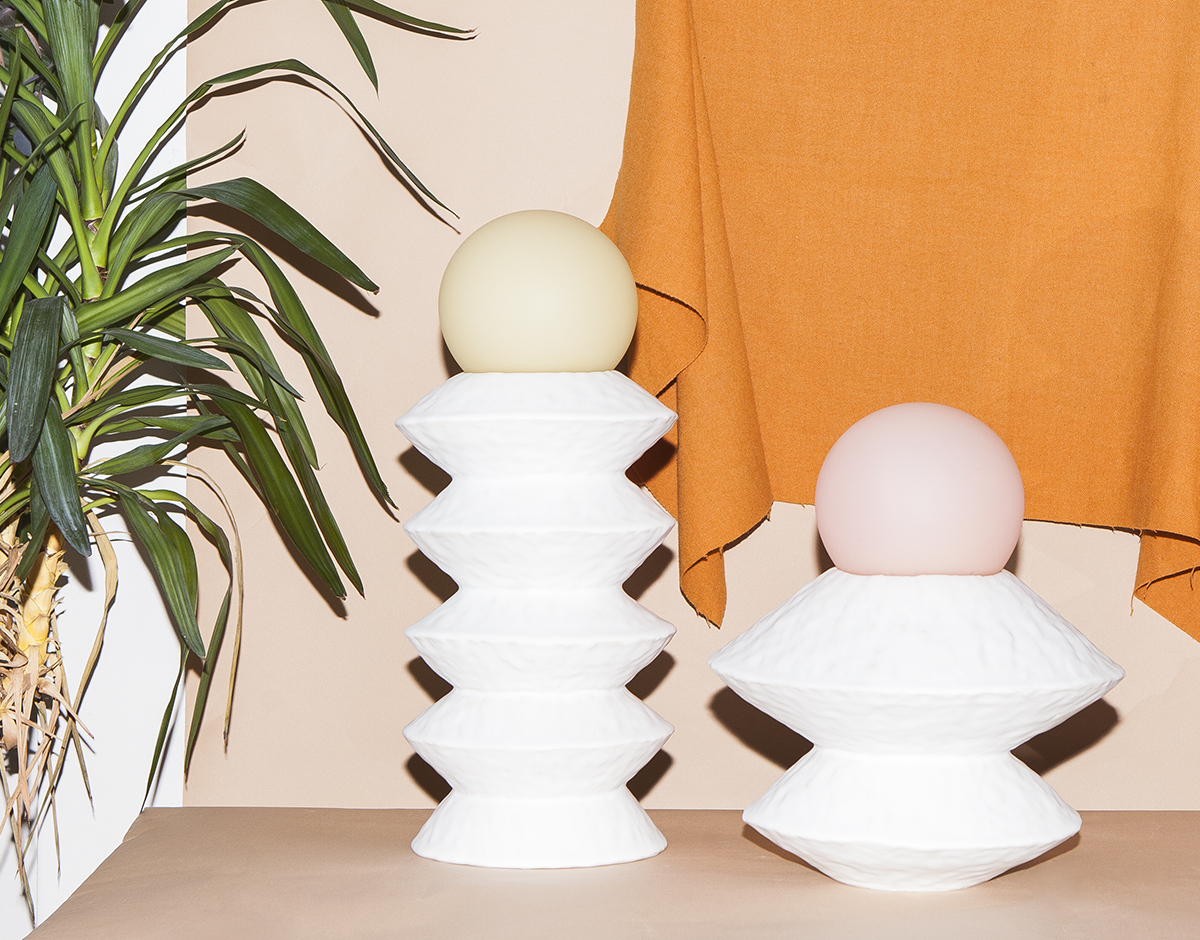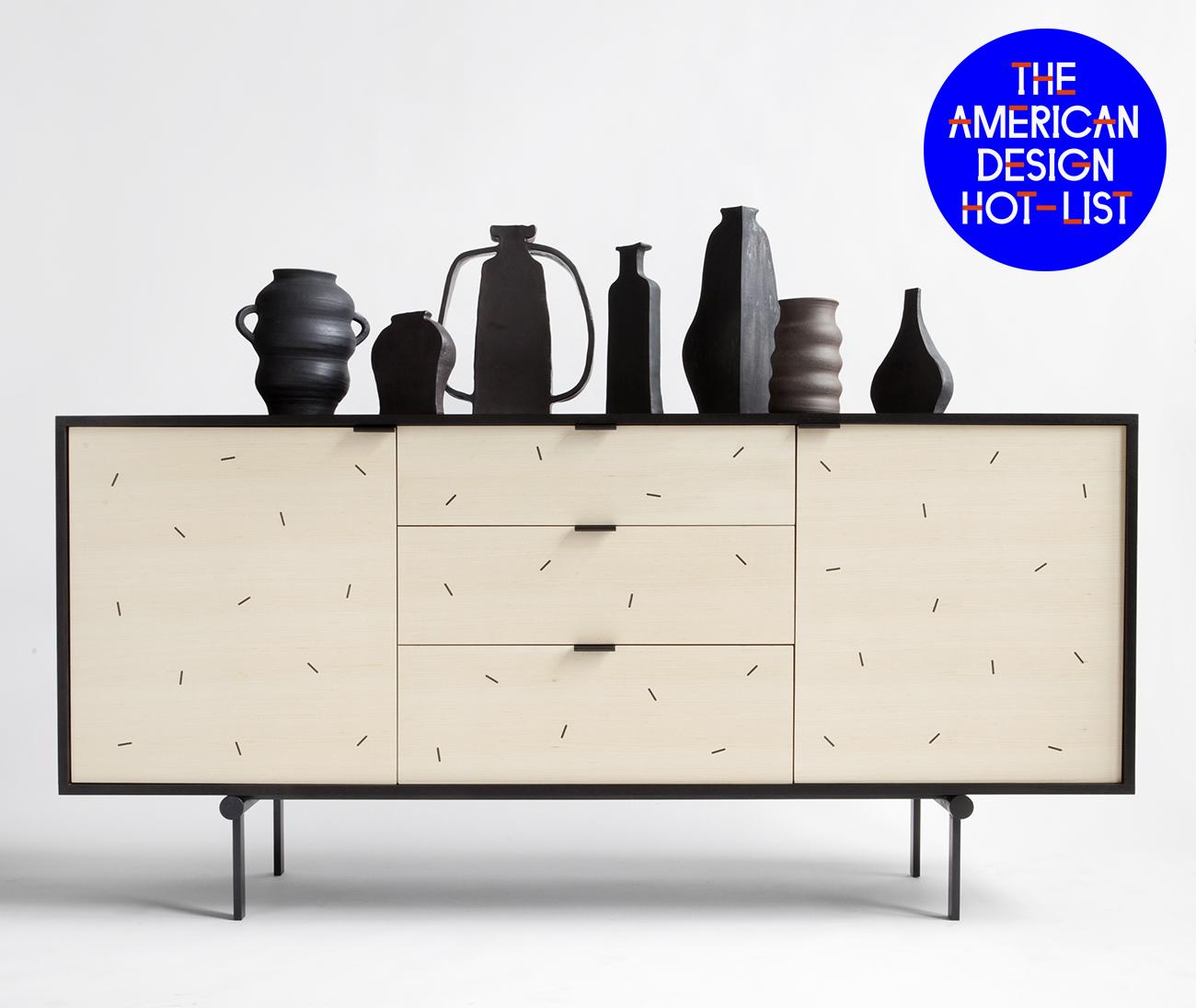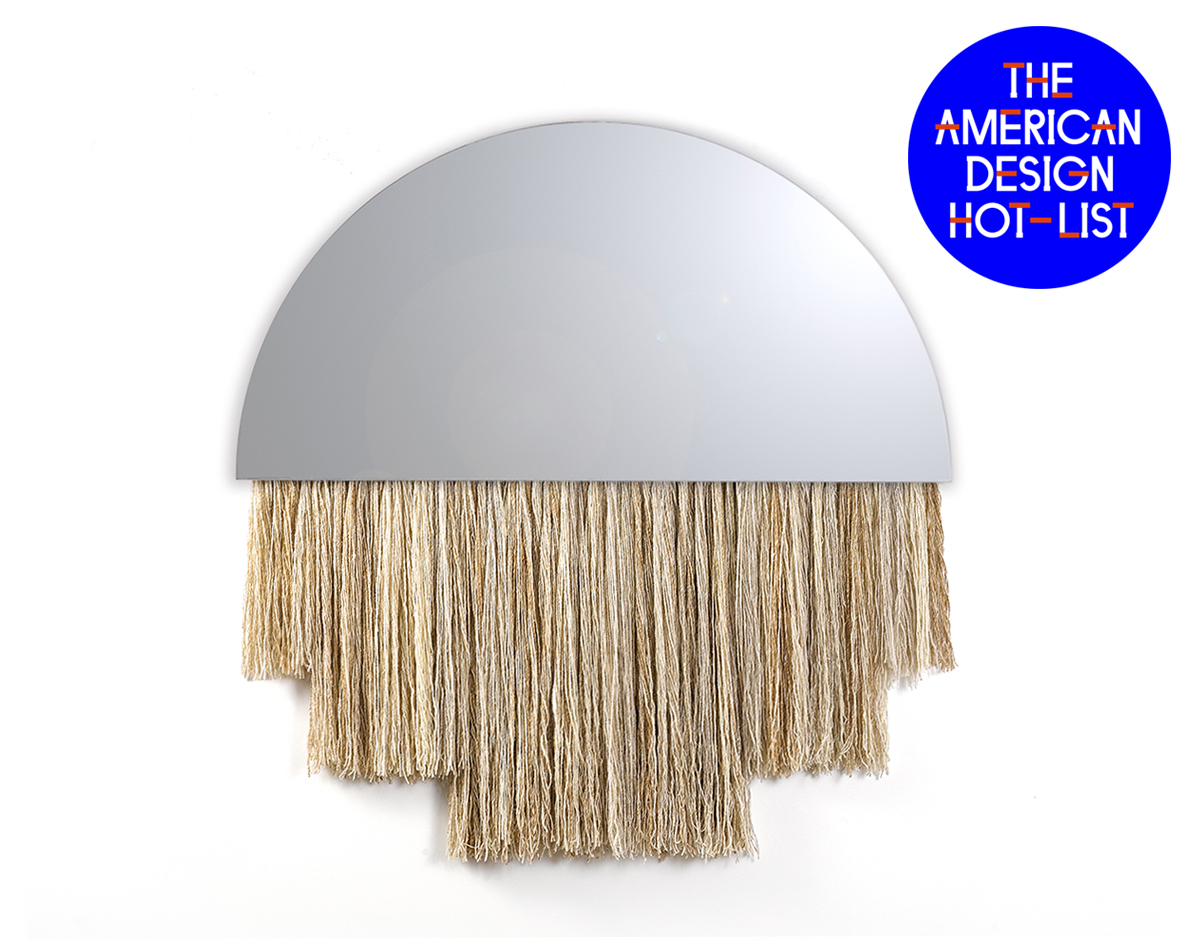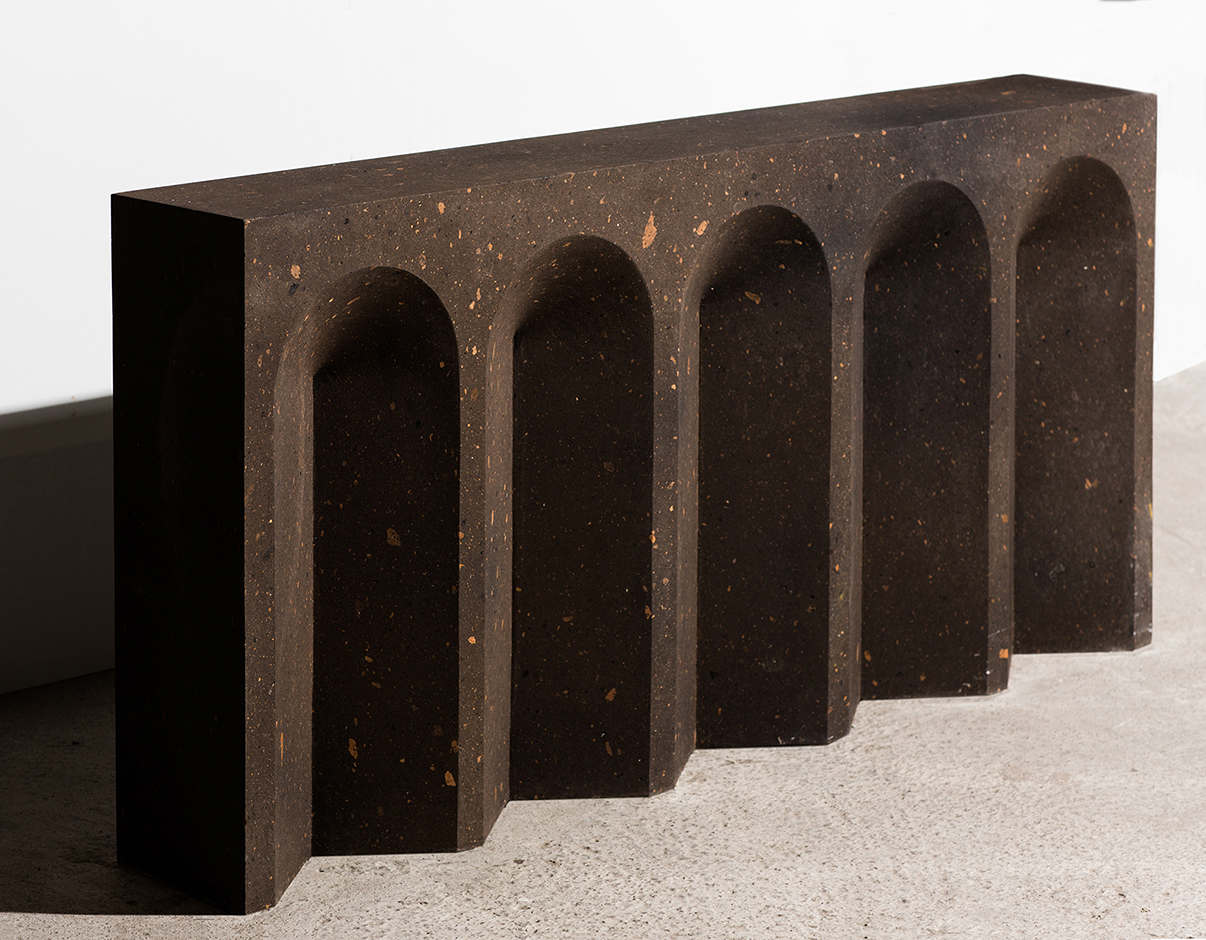
American Design Hot List 2019
A Space
New York, aspacestudio.com
Founded in 2016 by Anna Aristova and Roza Gazarian, the Brooklyn-based studio mines natural materials like marble and stone to create geometric monoliths. In one favorite project, they created 14 one-of-a-kind objects from a single 10-inch slab.
What is American design to you, and what excites you about it?
RG: Having moved to the United States in 2004, and having actually discovered design here, for me American design is all about the creative freedom that comes from having all of these amazing cultures and backgrounds together in one place. It’s about fearless exploration and experimentation, resulting in creation of the most unexpected work.
AA: What excites me the most about American design is the mid-century modern movement, which I find is still very influential among many designers today. For me personally, this period is special because of the new connection and collaboration between United States and Japan – Isamu Noguchi and George Nakashima being two great examples. I am also happy to see that there’s a wave of young designers who are willing to work with materials by hand in the studio rather than outsourcing production elsewhere.
What are your plans and highlights for the upcoming year?
As we plan to continue traveling, our goal is to keep exploring the old craftsmanship, techniques, and materials from all around the world in order to give them new life and meaning. We find the effort of preserving and bringing attention to the traditional craftsmanship to be very important.
We currently have two new collections in the works, and we’re excited to release them during Design Week in May. We are also planning our first solo show in New York this March, where we’ll try to recreate the feeling of the place where the collection was created, making it more about the environment and experience rather than showcasing separate pieces. The collection was created in Alanya, a small town in the south of Turkey, right by the Mediterranean sea. During one of our visits a few years ago, we accidentally came across a family-owned marble quarry that we fell in love with, and have been working with them since. All pieces from the collection were created from one single massive piece of stone, where we leave one side of each piece untouched, unpolished — to remind us of the mountains the stone came from.
The marble pieces will also be accompanied by a few new sculptural works made from recycled plastic and metal, which will be finished with a Japanese washi technique, which Anna recently learned during her stay with a ceramic master in North Japan. Overall, this show will be centered around the idea of transformation (mountains to furniture, garbage to art, showroom space to experience) and is inspired not only by the mountains of Turkey, but also the fascinating culture of Japan, seen through our eyes and reinterpreted through our studio’s aesthetic.
Lastly, we are working on a dream residential project — a mountain house and a studio space — that will be the ultimate manifestation of our studio’s vision, sensibility and philosophy.
What inspires or informs your work in general?
Exploring and discovering new places, cultures, techniques, and materials has always been very important in our lives. After living in New York for over 15 years, we recognized the need to get out of the city routine and draw our inspiration from the unknown. For example, last year we were fascinated with architecture and craftsmanship of Armenia, and this year our latest wave of inspiration comes from a recent trip to Japan. We are very much fascinated with the village culture of North Japan and their traditional craft, as well as the practice of Zen.
Our inspiration also definitely comes from within, from an inner point of observation of the outside world and the human connection to it. Moments of meditation, tea ceremonies, or simply being alone in nature are a big part of our process — these moments are great for realizing where our thoughts, ideas and concepts come from, and what we would like to say with our work.
